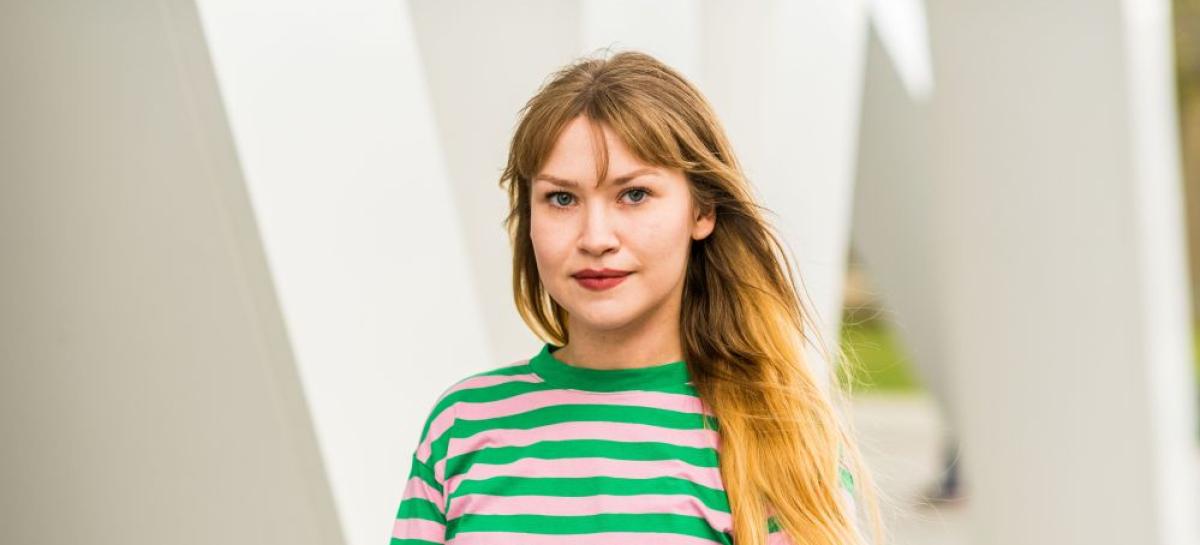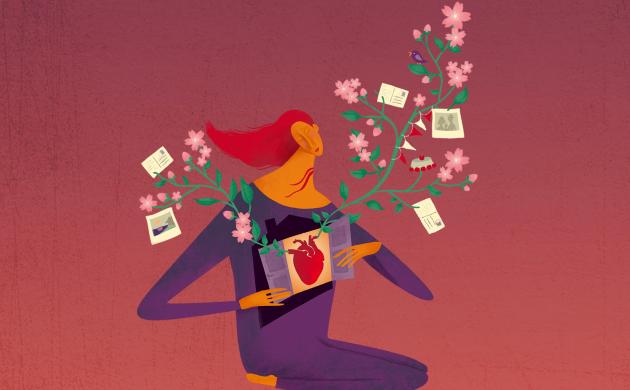Who is Natalia?
While studying Free Arts at Sint Lucas Antwerp, Natalia worked with various techniques such as textiles, analogue media and video. The archive, which serves as an extension of memory, is her main source of inspiration.
Themes such as Soviet architecture and industry provide a curious contrast to the artisanal and traditionally feminine textile medium. In her works, she tries to intertwine these extremes. This results in an eclectic mix of shimmering factory chimneys and hand-embroidered construction cranes.
Natalia often uses traditional Komi symbols in her work, such as those of the sun and the deer. This region-specific imagery was traditionally applied to clothing, homes and utensils to identify individuals from this community.
Memory mechanisms are the common thread throughout Natalia's artistic process. Her works embody the thorny search for a place to call home. At the same time, she questions the veracity of her own memories; after all, memory is a constant reinterpretation of reality.
Natalia has her say
An average Soviet residential neighbourhood with standard apartment blocks was the backdrop of my childhood memories. There are thousands of identical neighbourhoods. Because I remember so little from that time, I supplement real events in my mind with stories of others and what I see in books and photographs. This blurs the line between personal and collective memories and creates my own interpretation, my own constructed neighbourhood.
How do our memories form? Are they always reliable?
What is homesickness?
Homesick is a nostalgic look back at a lost time, a longing for childlike innocence and naivety. It is an unattainable longing for a time when all avenues were open.
The Red Star Line museum is a story archive that takes the viewer to a bygone but not forgotten time using documentation and photographs. It is a place of memories. A work of art can also be part of that archive. It offers a unique insight into the topic of migration, often from an unconventional angle.



